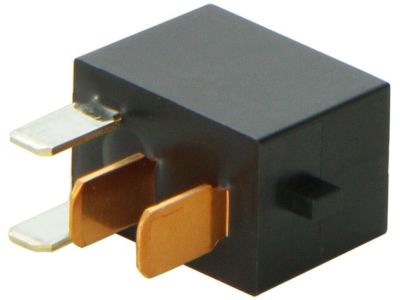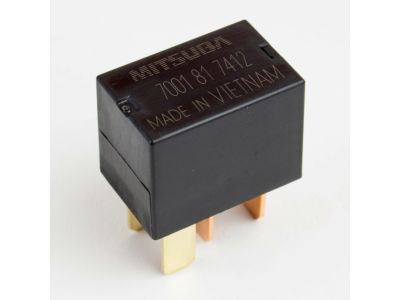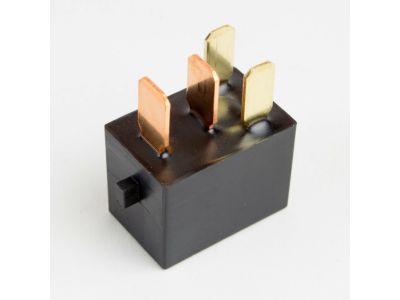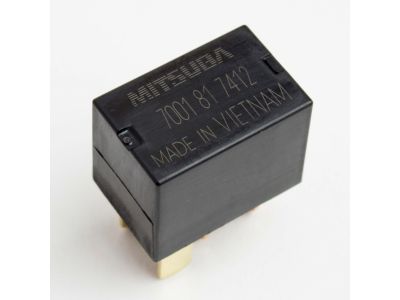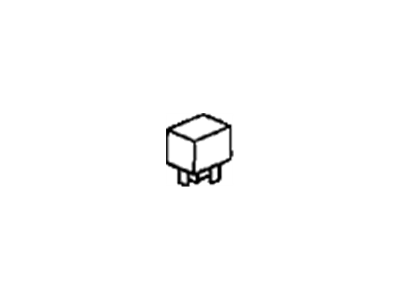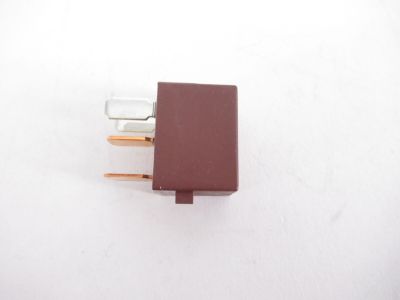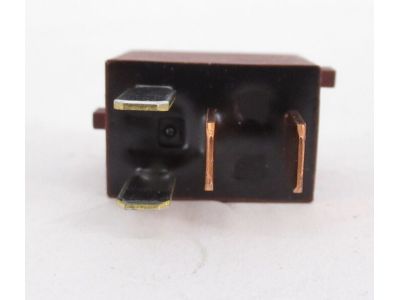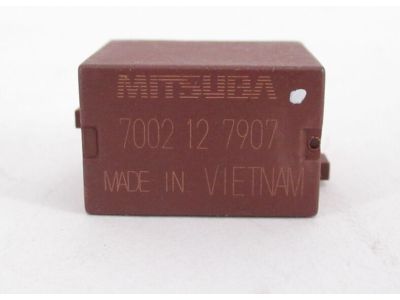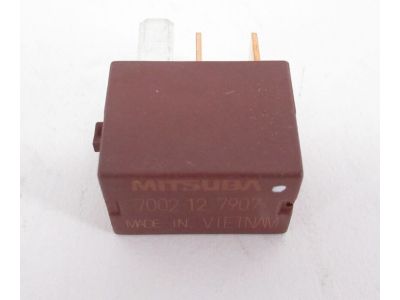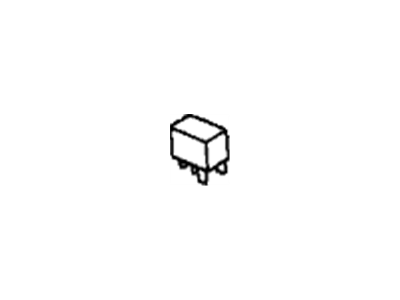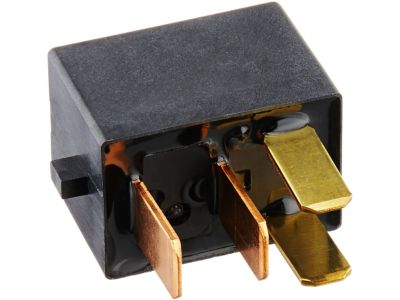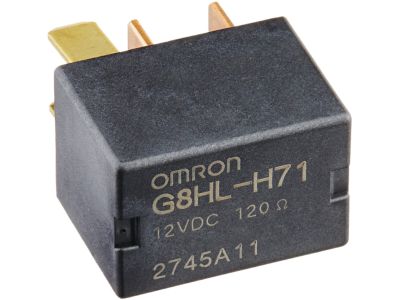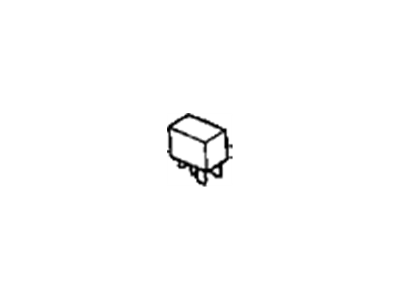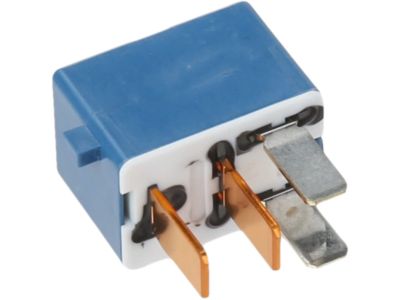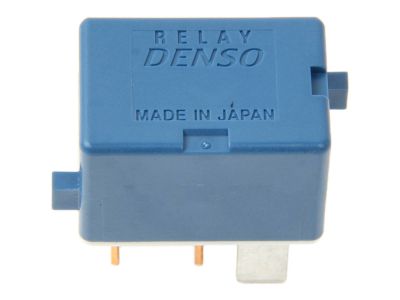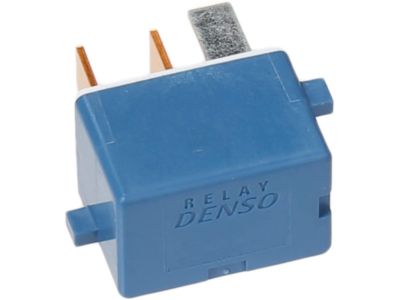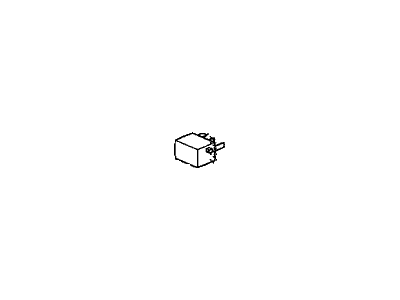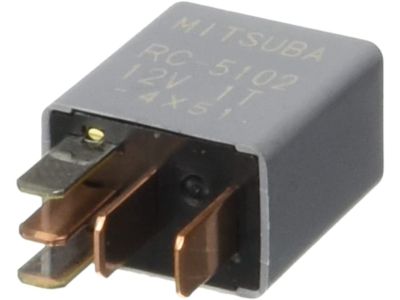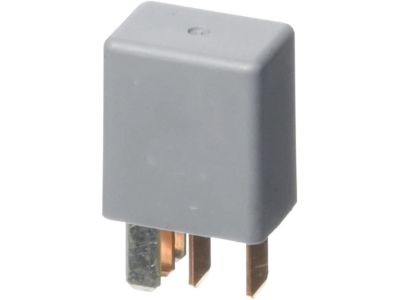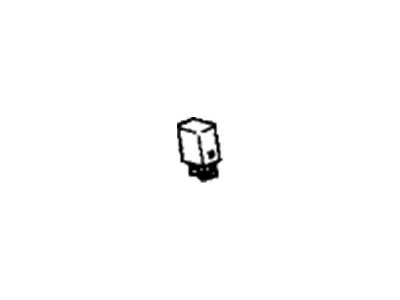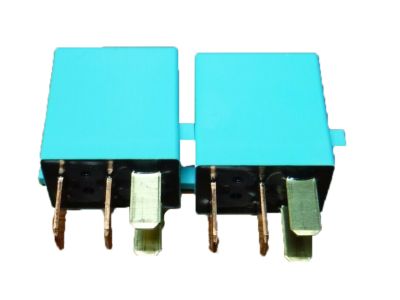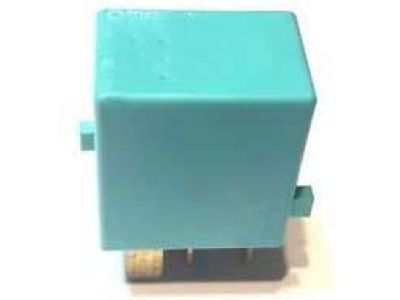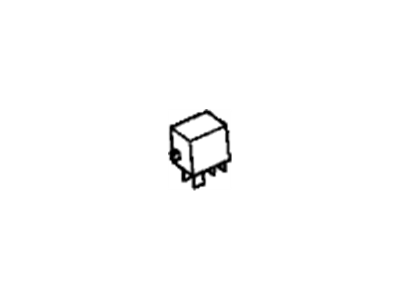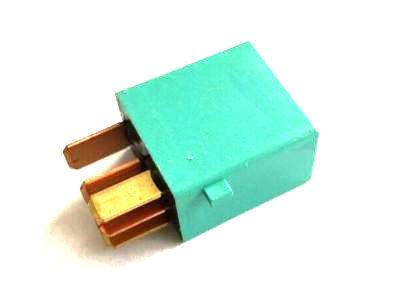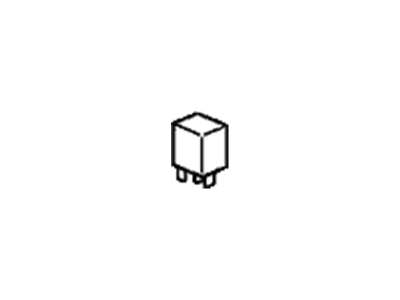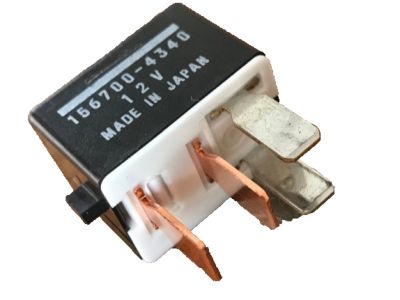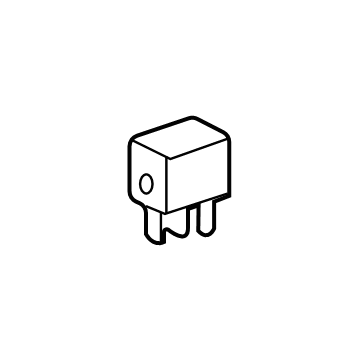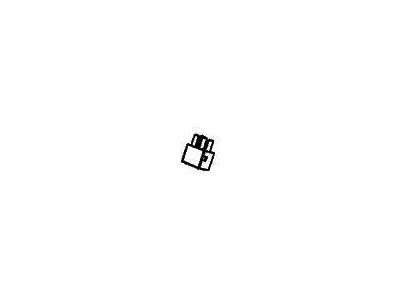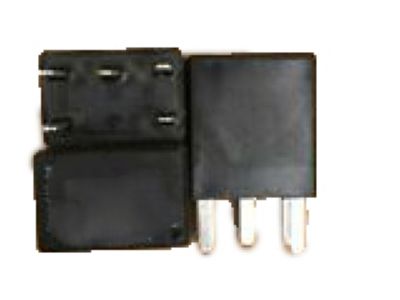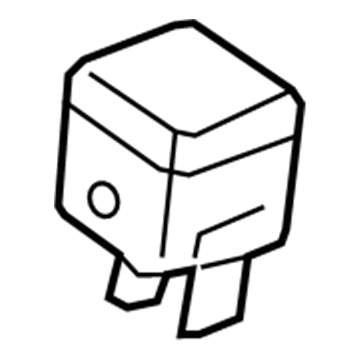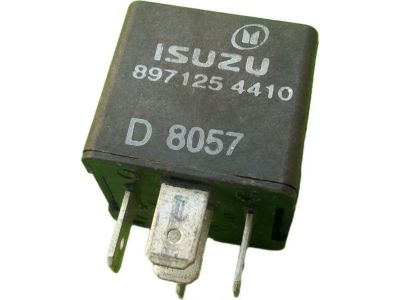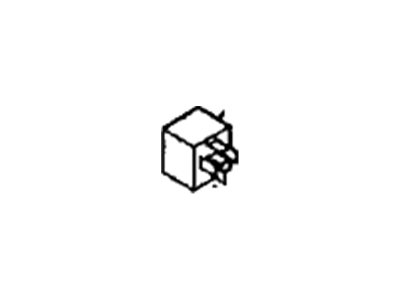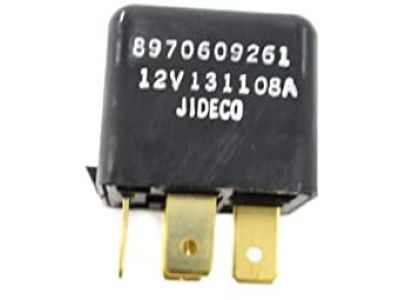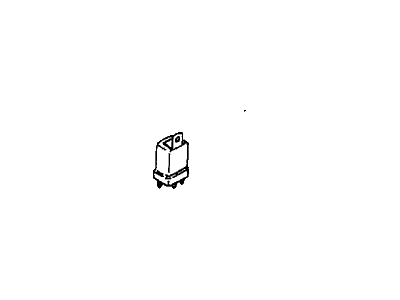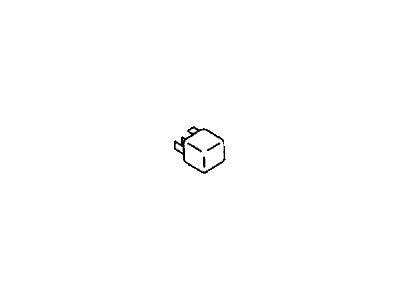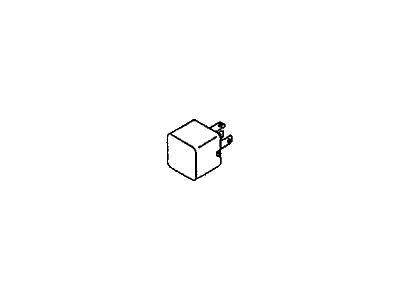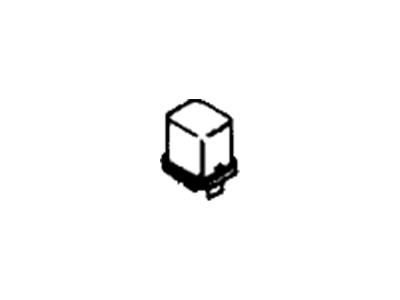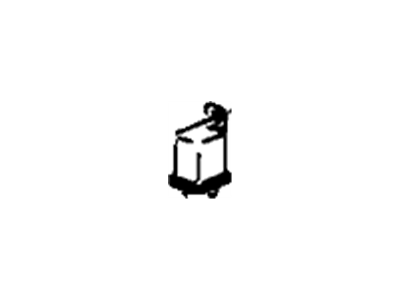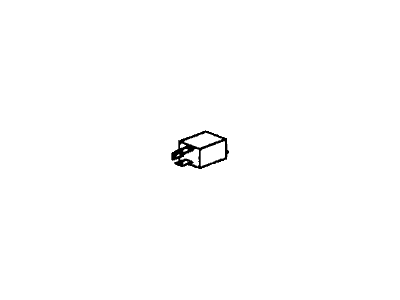×
- Hello
- Login or Register
- Quick Links
- Live Chat
- Track Order
- Parts Availability
- RMA
- Help Center
- Contact Us
- Shop for
- Honda Parts
- Honda Accessories

My Garage
My Account
Cart
Genuine Honda Passport Relay
Wire Relay- Select Vehicle by Model
- Select Vehicle by VIN
Select Vehicle by Model
orMake
Model
Year
Select Vehicle by VIN
For the most accurate results, select vehicle by your VIN (Vehicle Identification Number).
26 Relays found

Honda Passport Relay Assembly, Power (Micro Iso) (Mitsuba)
Part Number: 39794-SDA-A05$22.81 MSRP: $32.22You Save: $9.41 (30%)
Honda Passport Relay Assembly, Engine Control Module (Denso)
Part Number: 39794-SDA-902$63.62 MSRP: $92.20You Save: $28.58 (31%)
Honda Passport Relay Assembly, Power (Micro Iso) (Omron)
Part Number: 39794-SDA-A03$22.81 MSRP: $32.22You Save: $9.41 (30%)
Honda Passport Relay Assembly, Fuel Pump (Denso)
Part Number: 39794-SDA-004$50.52 MSRP: $71.35You Save: $20.83 (30%)
Honda Passport Relay Assembly, Power (5P) (Micro Iso) (Mitsuba)
Part Number: 39794-S10-003$46.35 MSRP: $65.47You Save: $19.12 (30%)
Honda Passport Relay Assembly (Micro Iso)
Part Number: 39792-SDA-A01$4.47 MSRP: $6.32You Save: $1.85 (30%)
Honda Passport Relay Assembly, Power (Micro Iso) (Omron)
Part Number: 39792-SJC-A01$8.63 MSRP: $12.30You Save: $3.67 (30%)
Honda Passport Relay Assembly, Power (Micro Iso)
Part Number: 39794-TBA-A01$4.39 MSRP: $6.20You Save: $1.81 (30%)Honda Passport Relay Assembly, Ignition (1) (Omron)
Part Number: 39794-TG7-A01$6.27 MSRP: $8.85You Save: $2.58 (30%)
Honda Passport Relay Assembly, Power (Micro Iso) (Denso)
Part Number: 39794-T5A-J01$37.19 MSRP: $52.53You Save: $15.34 (30%)

| Page 1 of 2 |Next >
1-20 of 26 Results
Honda Passport Relay
In search of affordable OEM Honda Passport Relay? Consider browsing through our extensive inventory of genuine Honda Passport Relay. Not only do we provide market-leading prices and a manufacturer's warranty, but we also pride ourselves on exceptional customer service and swift delivery.
Honda Passport Relay Parts Questions & Experts Answers
- Q: How do relays function in electrical systems and how can they be tested for defects on Honda Passport?A:In the fuel injection system, Horns, starter motor and fog lamps of the vehicle; relays are used for transmitting electrical signals to the accessories. Relays therefore function by having a low current control circuit open and close a high current power circuit. Sometimes, a part of the car will not work if a corresponding relay is faulty and such relays are usually located in the engine compartment and at other spots in the car. If the relay is thought to be the problem, it can be taken out and either treated by a certain process or by a dealer service or repair shop since a bad relay must be replaced as a complete relay. When trying to test a relay it is better to look at the wiring diagram to make connections correctly; but if there is no access to the wiring diagram, the following will help: Typically, the relays are provided with two terminals for control circuit to connect with the relay coil and the other terminals for power circuit that connects internally on the relay coil when the control circuit is energized. For ease of identification of control and power circuit terminals relays are mostly marked. To check, place one end of a fused jumper wire across the control circuit terminals while the other end to the positive terminal of the battery, and join the other end of another fused jumper wire to ground; the relay should trigger a 'clacking' sound once these connections are made. If it doesn't click, jumper wires may need to be swapped due to polarity a device may have. After installing the jumper wires it depends with the relay markings to ensure continuity between the power circuit terminals. If the relay does not pass any of these tests it should be replaced.
